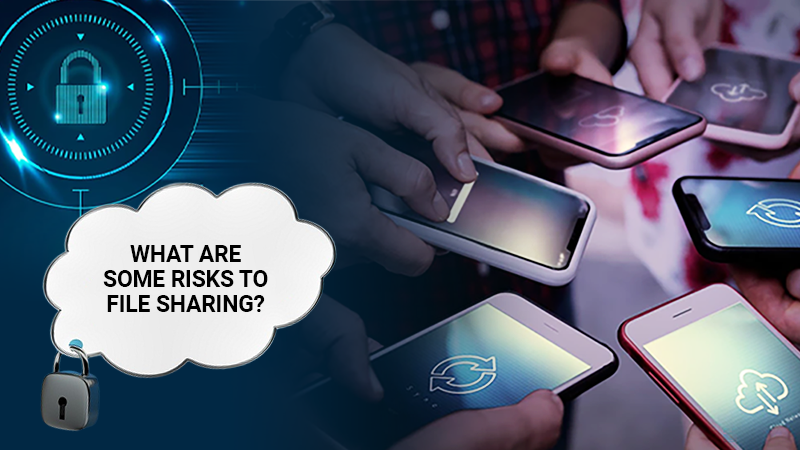Shared Albums: How to Free Up Space on iPhone Without an iCloud Subscription
As time goes by, iPhone cameras are becoming more professional. The photos impress with their quality but take up more and more space on your smartphone. It might seem like a paid iCloud subscription is essential in 2025. Here’s how to free up space on your iPhone and move files from your gallery to Apple’s free storage. And after reading this guide, you will be surprised that all this process as simple as hitting the jackpot at Slotsgem or finding free time for yourself loved ones in a busy schedule. All you need to do is create a “Shared Album.”
Simple Instructions
Step 1:
First, check if the necessary features are enabled. Open Settings, scroll down to Apps, then open Photos and enable Shared Albums.
Step 2:
Return to the home screen and open the Photos app.
Step 3:
Tap the “+” icon in the top left corner of the screen.
Step 4:
Select the New Shared Album and give it a name.
Step 5:
Next, your iPhone will prompt you to add users to the album. You can choose them from your contacts or skip this step, keeping the album private.
Step 6:
Move photos from your albums to the shared one. To do this, select multiple photos, tap Share, and then choose Add to Shared Album.
Tip: Transfer 20-25 files at a time to avoid an error message about insufficient disk space.
Before deleting files from your iPhone, check if they’ve been uploaded to the shared album. To do this, delete one photo from your gallery and see if it remains in the Shared Album. If it does, you’ve done everything correctly. You can now delete the rest of the transferred photos and use free cloud storage. Photos and videos in the Shared Album won’t take up space on your iPhone or iCloud.
More About Shared Albums
Apple created this feature to make transferring photos between devices easier and faster.
Imagine you’re on a trip with a large group, taking lots of photos and having a great time. When the weekend ends and everyone heads home, you’ll definitely want to revisit those memories. This is where the Shared Album comes in handy. One user creates it and invites others. After that, all participants can not only view photos and videos from others but also add their own. No chats, file-sharing services, flash drives, or disks—just move files from one album to another.
You can organize albums by theme, share links with different users, and adjust guest permissions. Even without an Apple device, the link opens easily in a browser.
Files in this album don’t take up space on any device, as Apple handles their storage. However, this comes with a downside: quality limitations.
Limitations of Shared Albums
To open files from a Shared Album, your smartphone first downloads them from Apple’s servers. This process is slow, so there are restrictions that may reduce the quality of photos and videos.
For example, you can’t upload videos with a resolution higher than 720p or longer than 15 minutes.
Otherwise, you can upload almost all photo formats (HEIF, JPEG, RAW, PNG, GIF, TIFF) and video formats (HEVC, MP4, QuickTime, H.264, MPEG-4), as well as slo-mo videos, TimeLapse, Live Photos, and “Memories” videos.
There are also limits on the number of files you can upload to a Shared Album, but you’re unlikely to hit them. Just in case: the maximum is 1,000 photos and videos per hour and 10,000 per day.
These are the key limitations that might affect you. For the full list, visit Apple’s website.
There’s no critical drop in photo quality—they still look good. But if you’re particular about this, try uploading a test photo first.
Who Is This Method For?
The main drawback is the quality limitation. Professional photos and videos can’t be stored in a Shared Album. However, if you’re looking to free up iPhone storage without deleting files or buying an iCloud subscription, the Shared Album is definitely worth trying. Moreover, photos in optimized quality still look great for revisiting memories and sharing them with friends and family.












